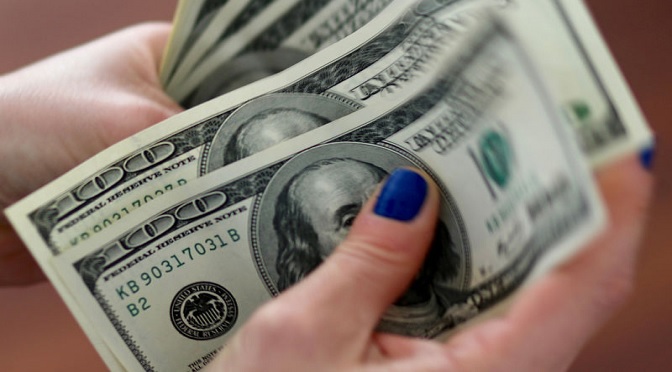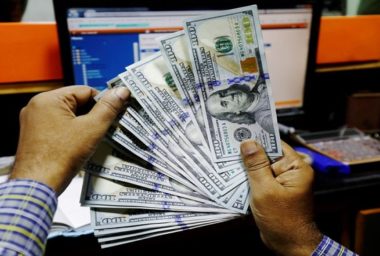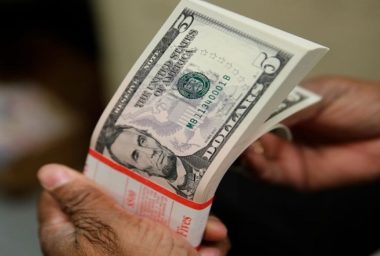-
Authoradmin
-
Comments0 Comments
-
Category
By Saikat Chatterjee
LONDON (Reuters) – The dollar consolidated near a one-week high against a basket of rivals on Monday as tensions around global trade negotiations fueled demand for the greenback, though concerns about capital flows checked gains.
U.S. President Donald Trump said on Saturday there was no need to keep Canada in the North American Free Trade Agreement and warned Congress not to meddle with the trade talks or he would terminate the trilateral pact altogether.
“Trade tensions are broadly supporting the dollar, but the market is hardly very conducive of risk,” said Viraj Patel, an FX strategist at ING in London.
Traders bought the dollar against the British pound and the Canadian dollar . The dollar’s status as the chief reserve currency makes the U.S. currency the primary beneficiary of concern over trade conflicts.
But gains were limited as analysts pointed out the quality of capital inflows into U.S. assets has worsened noticeably in recent weeks, suggesting the dollar’s rise may be short-lived.
“The quality of longer-term sticky flows into the dollar has started to weaken noticeably and we believe the dollar’s gains may be coming to a close,” said Hans Redeker, global head of foreign exchange strategy at Morgan Stanley (NYSE:MS) based in London.
The dollar (DXY) edged up to 95.22, nearing its highest level since Aug. 27 against a basket of its rivals. It has gained nearly 7 percent since mid-April when trade tensions first arose.
On a positioning basis, markets remained firmly in the stronger dollar camp with net outstanding positions holding near their highest levels since January, 2017.
But gains were muted – safe-haven currencies such as the Swiss franc and the Japanese yen were supported against higher-yielding rivals.
The euro (EUR=EBS) weakened 0.1 percent against the dollar after euro zone manufacturing growth slowed to a near two-year low in August as optimism dwindled amid growing fears of an escalating global trade war, a survey showed.
Sterling was the standout loser of the day as new concerns about Brexit negotiations and weak UK manufacturing survey data combined to push the British currency down 0.6 percent.
Michel Barnier, the European Union’s chief Brexit negotiator, said he is “strongly opposed” to the British government’s proposals on future trade ties after it leaves the EU.
The pound fell 0.4 percent to $1.29 and weakened 0.3 percent against the euro (EURGBP=D3) to 89.80 pence.
Risk appetite in foreign exchange markets recovered with the euro gaining 0.2 percent on the day against the Swiss franc (EURCHF=EBS) and the Australian dollar up by a quarter of a percent.
Recent Comments
- Starlight Herot on Euro Higher on German Data, Sterling Edges Lower
- Frost Dragont on Euro Higher on German Data, Sterling Edges Lower
- Gwinnettt on Euro Higher on German Data, Sterling Edges Lower
- Vanessat on Euro Higher on German Data, Sterling Edges Lower
- Christinet on Euro Higher on German Data, Sterling Edges Lower
Archives
- April 2025
- March 2025
- February 2025
- January 2025
- December 2024
- November 2024
- October 2024
- February 2024
- July 2023
- July 2021
- May 2021
- March 2021
- February 2021
- September 2020
- May 2020
- February 2020
- December 2019
- November 2019
- October 2019
- September 2019
- August 2019
- July 2019
- June 2019
- May 2019
- April 2019
- March 2019
- February 2019
- January 2019
- December 2018
- November 2018
- October 2018
- September 2018
- August 2018
- July 2018
- June 2018
- May 2018
- April 2018
- March 2018
- February 2018
- January 2018
- December 2017
- November 2017






